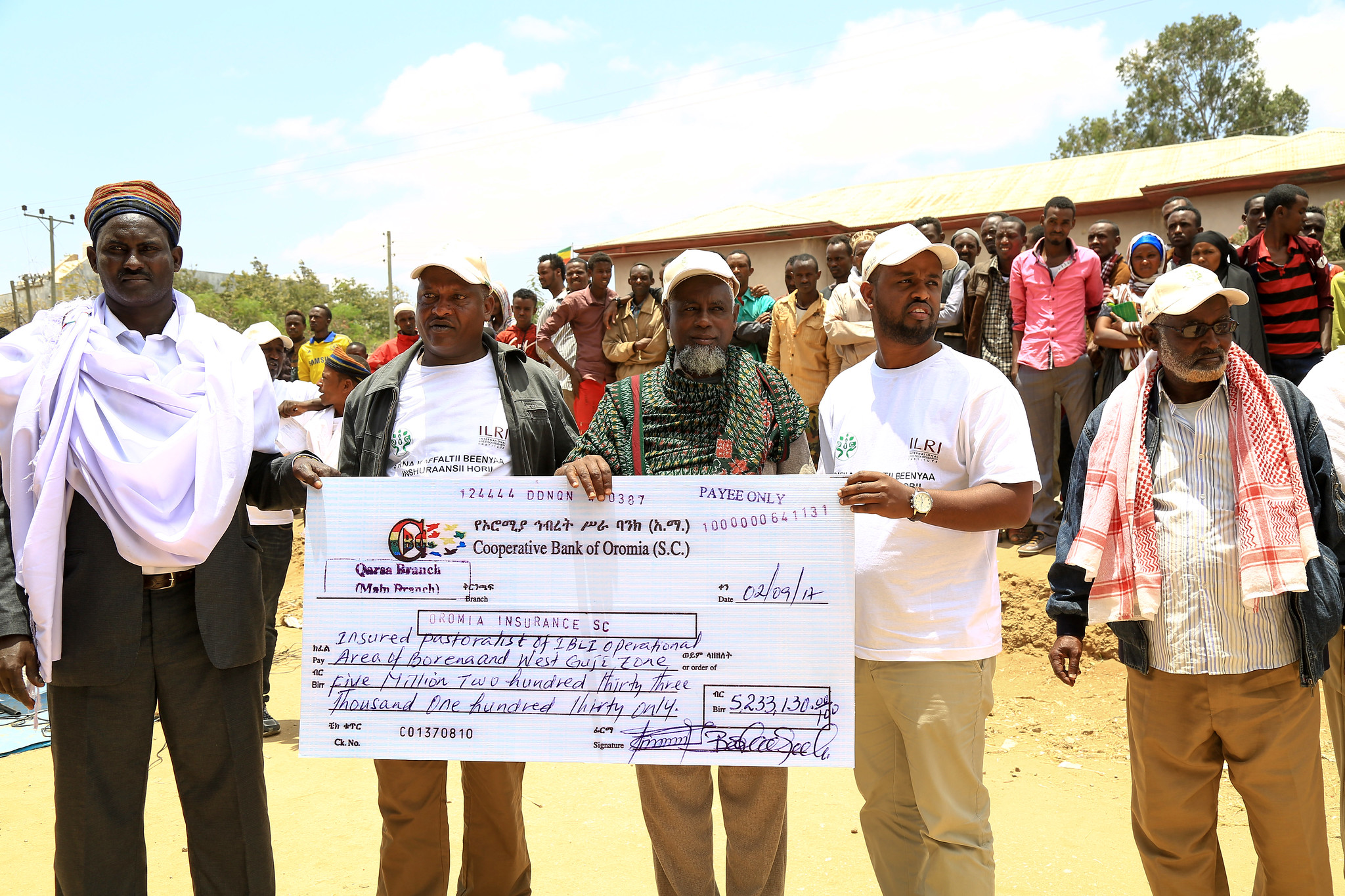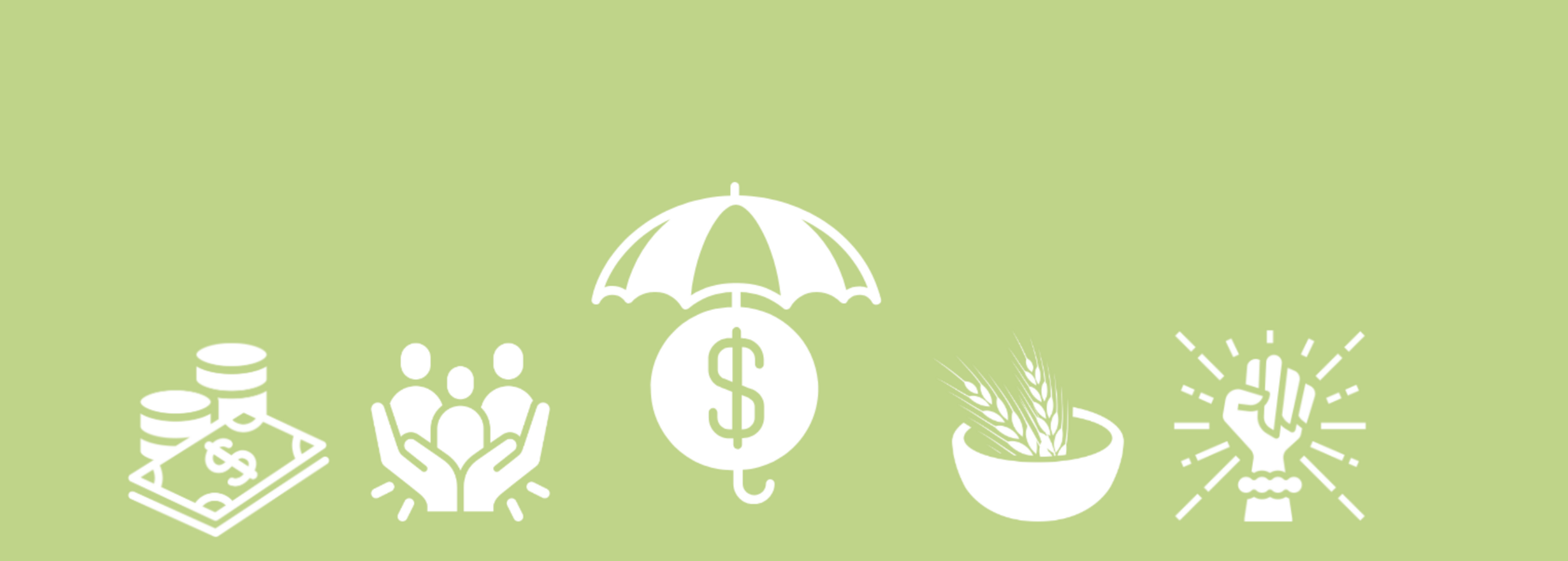
Two ways that livestock owners can benefit from livestock development interventions
A new article highlights the multiple benefits that livestock owners can derive from livestock development interventions. The article, titled 'A review of the impacts of livestock development interventions on household welfare in low- and middle-income countries,' by Anissa Collishaw, Sarah Janzen, Conner Mullally, and Hannah Camilli, researchers at the University of Illinois, USA, appeared recently in Global Food Security.
The paper focused on the impact of two specific livestock interventions: Graduation transfer programs, and innovations in the insurance market.
Graduation transfer programs
Researchers analyzed BRAC’s Targeting the Ultra Poor (TUP) Graduation transfer program that provides participants in Bangladesh with an asset transfer – often livestock – and literacy and health training. They also receive saving services and consumption support to manage their livestock.
The review concluded that transfer programs like TUP have a very high impact by helping boost household welfare in a cost-effective way. The data showed that the program increased participant income in the short and medium terms. Over a four-year implementation of TUP, participating women earned 21% more and were 14% less likely to be below the USD 1.25 per day poverty line than women in the control group.
The program targets poor women, and has already reached over 2 million domestic households. From this, there is a motivation to provide livestock transfers to poor families, especially in rural areas where livestock can serve as an accessible livelihood. Livestock production is also not necessarily tied to land ownership – which means it is available to landless households with few other means of asset accumulation, making it a more accessible asset.
Insurance innovations
The second intervention is insurance market interventions – specifically index insurance. These insurance mechanisms protect livestock owners when weather and climate-related risks impact their potential yields. In doing so, they help protect the owner's livestock assets, and help with risk management and resilience.

Pastoralists receive an indemnity payment after livestock losses at an Index Based Livestock Insurance Program (IBLI) payout ceremony in Moyle, Ethiopia (ILRI/Apollo Habtumu).
The researchers found that farmers with insurance also exhibited a higher willingness to report animal diseases. However, challenges occur around product quality and limited demand. Demand for insurance tends to be low because of a lack of understanding, price, quality, and trust in the insurer. While these concerns still prevail, the researchers recommend that farmers invest in insurance by combining index insurance with drought-tolerant varieties to intensify their production while mitigating the effects of adverse shocks, or by combining insurance with drought-resistant feed.
A twofold advantage
These interventions offer a twofold advantage. Firstly, they provide access to improved animal health services and enhanced animal genetics, leading to healthier and more productive livestock. Secondly, these interventions create opportunities for expanded market access and enhanced profitability by equipping livestock owners with valuable insights into market demand, facilitating value addition, and optimizing supply chain management. By embracing these interventions, livestock owners can significantly enhance their livelihoods and make substantial contributions to the overall development of their communities.
The International Livestock Research Institute (ILRI) is deeply committed to assisting livestock owners in enhancing the security and sustainability of both their personal livelihoods and livestock-related endeavours. These interventions have demonstrated their potential to positively influence household welfare, encompassing aspects such as income, consumption, poverty reduction, asset accumulation, nutrition, food security, and the empowerment of women.
Next steps
One of the biggest challenges they identified is that these interventions can often be expensive and rely heavily on donor funding. Alongside the findings around intervention impacts, this paper shows ILRI that more research can be done. Collishaw calls on more research around inputs in livestock production to evaluate the impact that interventions have on inputs, around the effects of armed conflict (due to increased competition over land and water) on livestock producers and farmers, the impact of livestock market information and technology systems in East African farmers, around other risk management tools aside from index insurance, and the benefits of livestock production in comparison to the land use climate costs. ILRI scientists may sit at the table on the next discussion around livestock interventions like these.
Read more
The Boma podcast: Drought insurance: Breaking the cycle of loss for millions of pastoralists
ILRI Youtube: What investments bring lasting benefits to the very poor? Livestock!





